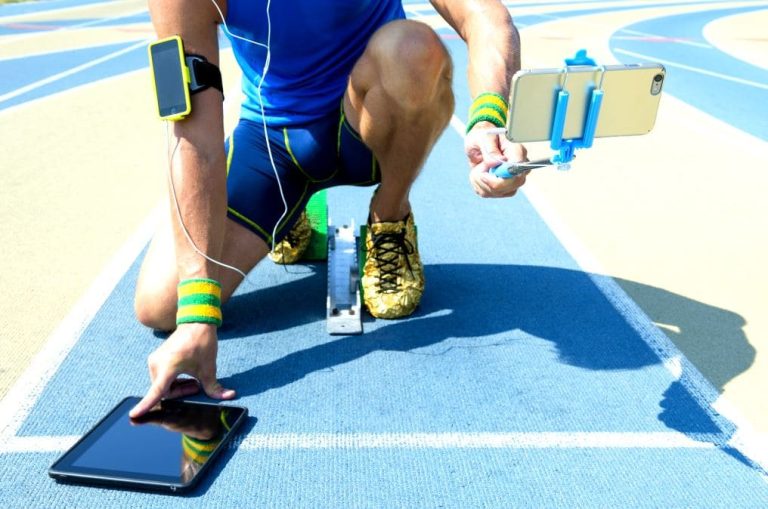
What innovations in Latin America are important in sports and games?
25 April, 2025Thanks to the convergence of technology and sport (and, by extension, games), a new era of innovation has begun. This union has significantly changed not only how games are played but also how they are perceived and analyzed. Exciting virtual experiences, real-time data analytics—these and more are taking gaming to a new level. Many changes have only occurred in 2025, with the trend still growing. It shapes every aspect of the sports landscape, from player performance to fan engagement.
Technology is also driving the sports betting experience. Betting platforms use predictive modeling and real-time data to offer players refined odds. Thanks to AI, probabilities are calculated with incredible accuracy.
Players can use real-time betting, still make informed decisions, and count on customized bonuses. Platforms use AI to make individualized betting offers to each player. This increases engagement, but tools can also be used to set individualized limits for responsible gambling.
Mobile technology has also significantly impacted sports betting: fans can now watch matches directly on the app and simultaneously place bets depending on the changing situation on the pitch. Recently, in addition to soccer, Latin American bettors have been actively interested in cricket, particularly in the Indian Premier League, due to the growing influence of Indian culture and the local diaspora. Bookmakers did not miss the opportunity to take advantage of the new trend. Many IPL legal betting apps appeared in the country, which received a license from the local regulator and began offering users attractive bonuses and odds.
Data analytics has been the cornerstone of sports and gaming compatibility. Advanced metrics provide detailed insight into performance, strategy, and decision-making. A score shows how well a team has performed, but it can also be used to show how well they will perform in the future.
Thanks to innovation, it is also possible to analyze how productive game players are, and machine learning helps them optimize their play. Cyber sports teams often use advanced opponent analytics, and the reliance on analytics is becoming increasingly prominent.
Finally, wearable devices are standard in both amateur and professional sports. Electronic sensors report important information on heart rate, reaction time, and fatigue levels, making athletes more efficient and allowing them to recover faster.
AI-based algorithms are also being used in games. They adjust the gameplay to each player’s individual preferences. Consequently, gamers get personalized content and dynamic updates, which increases player engagement.
Follow Sounds and Colours: Facebook / Twitter / Instagram / Mixcloud / Soundcloud / Bandcamp
Subscribe to the Sounds and Colours Newsletter for regular updates, news and competitions bringing the best of Latin American culture direct to your Inbox.

